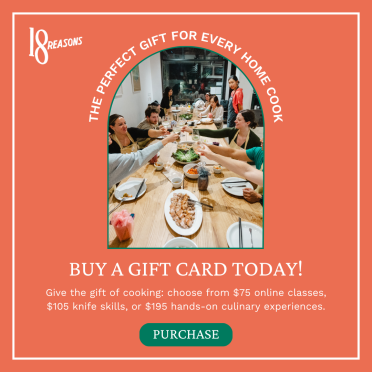The True Cost of Food Education
When we talk about the true cost of food, what we really mean is the true cost of labor. The difference between mass-produced and small-batch is mostly a question of the time, experience, and effort of the people producing our food. And yet when we pay $9 for a loaf of bread or $3 for a peach, we fetishize the flour or the fruit itself, believing there must be something special about the wheat, the tree, or the soil that makes it worth the extra cost.
Our food system depends on labor - mostly Black, brown, immigrant, undocumented, female - and yet this labor is invisible to consumers. What we see is the product: the perfect peach, the crusty loaf. If you’ve read a three-day recipe for country bread, you are briefly aware of how much labor goes into it. If you’ve read David Masumoto’s excellent books about his family farm, you’ve gotten a glimpse of the toil and sacrifice it takes to produce a perfect peach. But it is so easy to forget what goes on behind the scenes.
At the start of the COVID shutdown, we closed our teaching kitchen and took our classes online. We lowered our prices, then lowered them again. Very quickly we realized we were competing against a price point no small business could match: free. The internet is full of free recipes and cooking demonstrations, all designed to sell you something now or to gather enough data to sell you something later. We were asked to lower our prices again; after all, our classes no longer included the cost of ingredients.
In the pre-COVID world, a $100 ticket to a typical class broke down like this:
- $25: ingredients (including wine!)
- $7: Rent for our beautiful kitchen and classroom
- $68: Labor (staff, teachers, and about 10% of my salary as Executive Director)
We paid - and continue to pay - our full-time staff as decent a wage as possible, with fully covered benefits and significant raises every year. We paid - and continue to pay - our guest teachers the same class fee no matter how many students attend, no matter the price of the class. We don’t gather or sell data, we don’t run ads; our only source of income for our classroom is ticket sales. (Our free Cooking Matters program runs on grants and donations, which have enabled us to continue our programming for food-insecure families during COVID - more on that another time!)
As we enter the next season of shelter-in-place, we are attempting to balance two competing interests: the desire to stay in business and earn revenue, and the desire to serve our community with the high-quality education that brings us, and - we hope - you, joy. We are fortunate to have saved some of our boom-time revenue for a rainy day, and we will do what we have to do to keep our incredible staff employed and teaching. We will continue to learn from our community and hope that our offerings help students feel creative, cared for, and connected during this challenging time.
We know that many of our students have lost jobs, and many who haven’t can’t take one more Zoom at the end of the day. Doing business in COVID times is a puzzle that no one has put together yet. We are so grateful for the 200 of you who shared your thoughtful feedback in our most recent survey. And I am grateful for the hard work of our incredible staff and teachers: I see you. As our students and fans, I hope you do, too.





